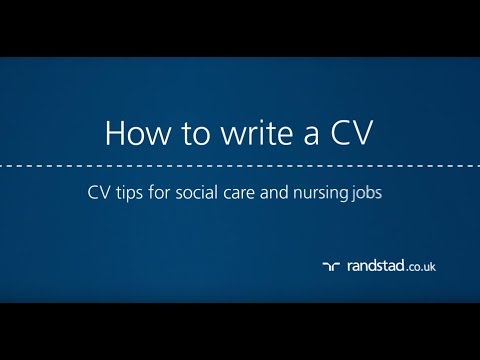The first impression potential employers have of you will normally be
your CV and covering letter, or application form, so it’s vital that you
make those first moments count. How can you craft targeted documents
that get you that all-important interview?<br><br>
Let’s start with the CV. Typically, there might be the following sections to a CV, over a maximum of two pages;<br><br><h2>Person information</h2>
<br>
Name, address and contact details. Make sure your email address is a sensible one; set up a more appropriate one if not.<br><br><h2>Education</h2>
<br>
The most recent qualifications first, including any vocational
qualifications. For example, if you have achieved Chartered Engineer
status, or completed the NEBOSH National Certificate in Construction
Health and Safety. Highlight relevant modules in degree level
qualifications; for example a Solid Mechanics module in your maths
degree completed prior to moving into engineering.<br><br><h2>Experience</h2>
<br>
Jobs with dates, noting key achievements and responsibilities that make
you right for the specific role and company. For example, mention if you
were responsible for the RAMS (risk assessments and method statements)
on a previous job, or if you managed fire safety and achieved a zero
incident rate. Ensure that you tailor the content to show you meet the
requirements in the job description; if it’s looking for project
management experience, for example, list projects with language such as
“Delivered seven build projects all on budget and on agreed timescales".<br><br><h2>Skills/achievements</h2>
<br>
This is an ideal place to note other activities or experiences that are
directly relevant, for example your familiarity with industry software
packages, or time spent volunteering with local Scout groups helping to
stimulate their interest in engineering careers.<br><br><h2>Referees</h2>
<br>
It’s fine to put “referees available on request”, as they won’t be taken
up without your agreement. Make sure you know who you are going to ask;
you need your most recent or current employer, say the site foreman or
chief surveyor, and possibly one academic referee if you are only a few
years out of education. An external referee – such as an organiser from a
volunteer group you work with – can be good, if the group is relevant
to the role.<br><br><h2>Accompany the CV with a short covering letter</h2>
<br>
Resist the urge to repeat content already in the CV and
concentrate on crafting a targeted paragraph or two about why you are
applying for the role, highlighting one or two key features that make
you the perfect candidate. Include comments that show you understand
this specific role and the company, including why you wish to work for
them.<br><br>
Sometimes employers, such as many public sector departments, will require you to complete their own application form,
which is likely to contain the sections above as well as targeted
questions to shed light on your specific suitability for a particular
role. For example, you might be asked to demonstrate how you dealt with a
specific conflict between employees on site, or explain why you wish to
work for the brand in question. Make sure you answer all questions,
avoiding clichés, and sticking to any given word counts. Spell check
everything, and keep your own copy for reference.<br><br>
Potential employers will only spend a few seconds glancing over your documents before deciding whether to investigate what you have to offer; make sure every second counts.<br><br>
At Randstad CP&E, we always offer help with a CV and advice on how
to fill in an application form. We have a vast experience in getting
applicants into good engineering and construction roles, and often have
good relationships with the employers themselves. We can also advise you
on how to craft an appropriate covering letter where relevant, to
maximise the chance of your application being read, and you getting that
all important interview.
